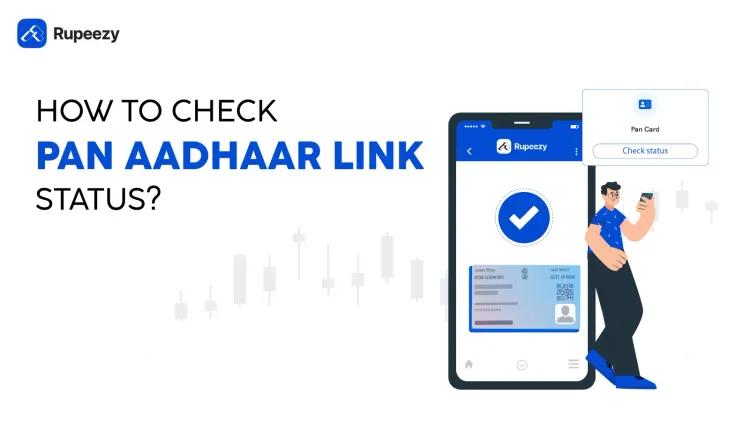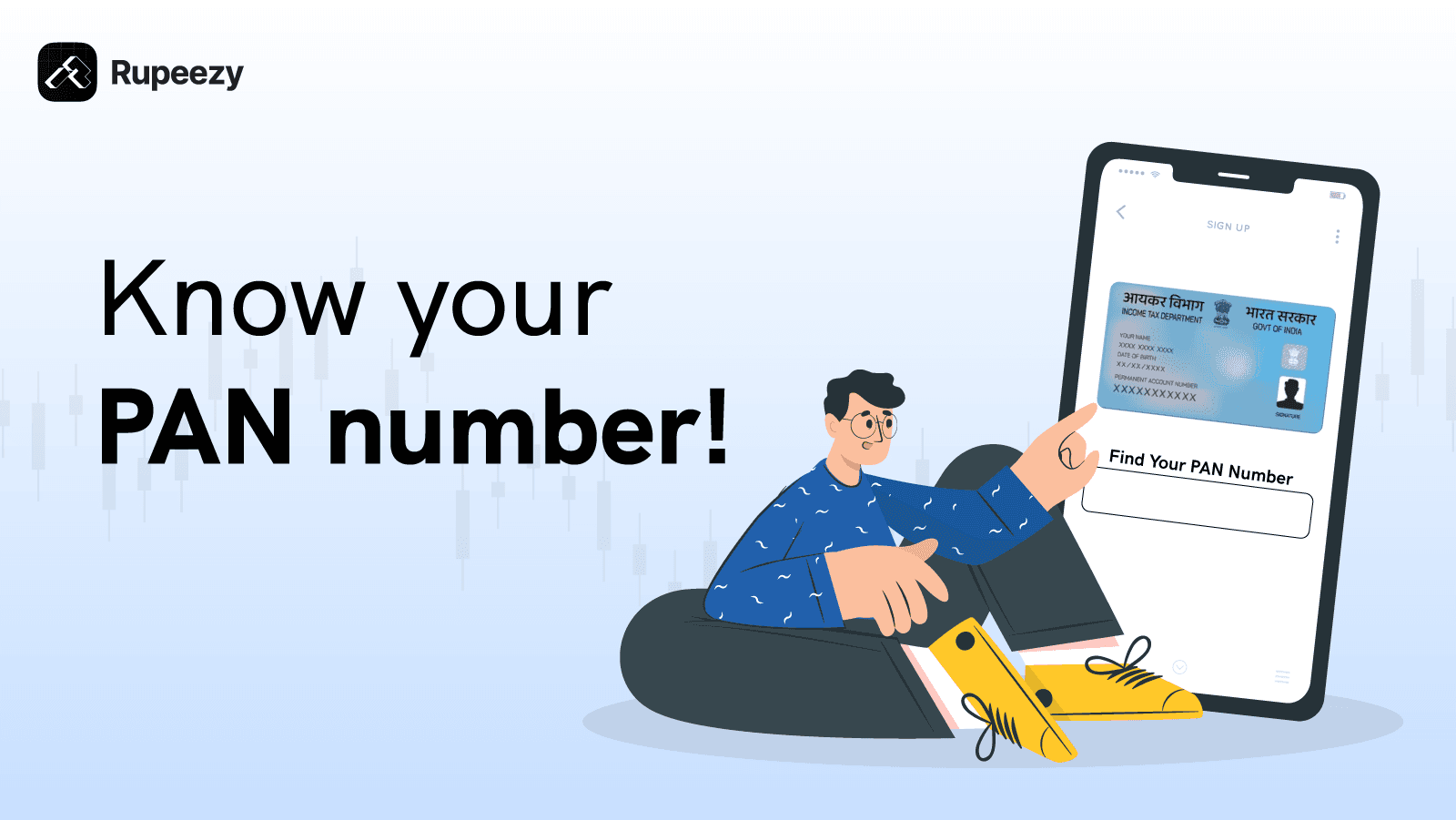IMPS vs NEFT: Difference, Process, Pros and Cons


00:00 / 00:00
In today’s digital era, electronic fund transfers have become an integral part of banking transactions. Among the various payment systems available in India, IMPS (Immediate Payment Service) and NEFT (National Electronic Funds Transfer) are two widely used methods for transferring money electronically. Both services offer their own unique advantages and understanding the difference between IMPS and NEFT is crucial when selecting the right method for fund transfers.
In this article, we will explore the NEFT vs IMPS comparison, their benefits, and when to use each service system.
What is IMPS?
IMPS stands for Immediate Payment Service. As the name represents, IMPS is one of the payment services that is offered by the National Payments Corporation of India (NPCI) in India which allows customers to transfer money instantly across India through banks and Prepaid Payment Instrument (PPI) issuers who are authorized by the Reserve Bank of India.
The PPI issuers are the companies that provide prepaid payment services like mobile wallets, prepaid cards, and other instruments that allow users to store money and make transactions without directly linking to a bank account.
The key features of Immediate Payment Service (IMPS) are stated below:
IMPS enables instant, real-time fund transfers between bank accounts.
It operates 24x7, including holidays too which ensures continuous accessibility.
This payment service is accessible via mobile banking, internet banking, ATMs, and SMS banking.
Both the sender and the receiver will be notified regarding their transaction for confirmation.
There is no minimum limit on IMPS transactions, allowing the individuals to transfer money which can be as low as Rs 1. However, the limit may vary from bank to bank in some instances.
This has a maximum limit of Rs 5 lakh for daily transactions, making it convenient for small and medium transactions.
What is NEFT?
NEFT stands for National Electronic Funds Transfer and it is a centralized payment system that is owned and operated by the Reserve Bank of India throughout the country. A person can transfer money from one bank account to another through NEFT, not via real-time processing but through batch-wise processing.
The key features of National Electronic Funds Transfer (NEFT) are discussed below:
NEFT operates on all days of the year, i.e., 24x7x365 basis.
There is no minimum or maximum limit for a NEFT transaction, making it suitable for small, medium, or large transactions.
The NEFT transactions are processed in batches, typically which are done on a half-hourly basis.
The transactions made by savings bank account holders are not charged any fees.
NEFT transactions are also available for one-way fund transfers to Nepal from India.
Difference between IMPS and NEFT
Below, with the help of a table, let us understand the key differences between IMPS and NEFT.
Feature | Immediate Payment Service (IMPS) | National Electronic Funds Transfer (NEFT) |
Meaning | IMPS is a payment service in India that allows individuals to instantly transfer money from banks or PPI issuers. | NEFT is also a payment service in India that allows a person to transfer money from one bank account to another, which is processed batch-wise. |
Regulatory authority | National Payments Corporation of India (NPCI) | Reserve Bank of India (RBI) |
Transaction speed | Instant and real-time where the money reaches the recipient’s account within a few minutes after initiating the IMPS. | It can take up to 2 hours for the amount to reach the beneficiary’s account. (Batch-wise and half-hourly basis) |
Maximum limits | The daily transaction limit for IMPS is Rs 5 lakh, but individual banks may impose their own limits in accordance with NPCI guidelines. | RBI imposes no limit on NEFT transfers, but banks may set their own limits based on risk assessment and board approval. |
Operating hours | IMPS transactions operate 24x7 which includes weekends and public holidays. | NEFT operates on a 24x7 basis in half-hourly batches throughout the day. |
Transfer modes | You can initiate IMPS through bank applications or websites, SMS banking, ATM cards, WAP, or by visiting the bank branch. | You can initiate NEFT transactions through the internet/ mobile banking facility, or by visiting the bank branch and filling out the NEFT form. |
Ideal use cases | Suitable for urgent and small to medium-sized transactions which require immediate transfer. | Suitable for larger and non-urgent transactions where immediate transfer is not required. |
The key difference between IMPS and NEFT is in processing speed and method. IMPS is instant and operates continuously, while NEFT processes transactions in batches, which may take longer.
Advantages of IMPS and NEFT
Both IMPS and NEFT offer convenient ways to transfer money electronically, each with its own advantages. Here’s a look at their key advantages:
Advantages of IMPS
Instant transfers: IMPS enables real-time fund transfers, ensuring that the money is credited to the recipient’s account immediately.
24x7 availability: The IMPS service is operational anytime, including weekends and bank holidays, making it highly convenient.
Safe and secure: These transactions are regulated by NPCI, which ensures a safe transfer process.
Multiple access channels: Users can initiate IMPS transactions via mobile banking, internet banking, ATMs, and SMS banking, making it highly flexible.
Instant transaction confirmation: Once the transaction is completed, both the sender and the recipient will receive real-time SMS alerts, ensuring transparency and tracking.
Unbanked customers: IMPS can be availed by both banked and unbanked customers where the unbanked customers can initiate IMPS transactions using PPI issuer platforms.
Advantages of NEFT
24x7x365 availability: NEFT operates round the clock and ensures that the transaction can happen on any day of the year.
Secure transactions and penalties: Remitters receive notifications once the funds are credited to the beneficiary’s account. Additionally, if there is a delay in crediting funds, the banks must pay penal interest to compensate for their delays.
Non-bank account holders: Individuals who do not have a bank account can also transfer up to Rs 50,000 via NEFT by depositing cash at an NEFT-enabled bank branch with the necessary details.
RBI charges: The Reserve Bank of India does not charge any fees for the banks to process the NEFT transactions.
Savings account: No charges are applied on online NEFT transactions initiated from a savings bank account.
Cross-border transfer to Nepal: NEFT facilitates one-way outbound remittances fund transfers from India to Nepal under the Indo-Nepal Remittance Scheme.
NRI and NRO transfer: NEFT enables seamless fund transfers to and from Non-Resident Indian and Non-Resident (Ordinary) accounts within India.
Disadvantages of IMPS and NEFT
Disadvantages of IMPS
While IMPS is widely used for digital fund transfers, it does have certain limitations. Let us look at them now.
Transaction limit: The Reserve Bank of India has set a maximum daily transaction limit of Rs 5 lakh for IMPS. However, individual banks may impose lower limits based on their internal policies, but they cannot exceed the mandated limit set by RBI.
Transaction fees: Some banks impose transaction fees for IMPS transfers, depending on the transfer amount and their board policies. However, these charges will vary from bank to bank and are usually charged on the transaction value.
Incorrect transfers: If any information regarding the beneficiary is incorrectly entered, there are high chance that the bank will transfer the funds to the wrong individual. This will lead to a lengthy process of recovering your money back.
Limited to India: The IMPS transfers can be initiated and made only within India and not across any other countries.
Disadvantages of NEFT
When we speak about NEFT transactions, though it is convenient, they still attract a few disadvantages. Some of them are mentioned below:
Delayed Processing: The NEFT transactions usually take up to 2 hours to be initiated as they operate according to batches, which typically happens on a half-hourly basis.
Transaction limits: Though RBI has not set any limit for fund transfer through NEFT, many banks can impose their own maximum limit. This might not be convenient for individuals who want to make larger transactions in one go.
Transaction fees: While the Savings bank account holders enjoy free NEFT transactions without any charges, banks may still impose transaction fees on NEFT for other bank account holders.
Cool-off period: For mobile or internet banking, fund transfers to a new beneficiary can be made only after a cool-off period of 30 minutes to 4 hours.
No international transfers: Just like IMPS, NEFT also does not have an option for any international transfer of funds except Nepal, which is also a one-way transfer only.
How Do You Initiate an IMPS?
You can initiate an IMPS transaction through various modes, where all of which all listed below.
Mobile Banking
Step 1: Log in to your bank application and select the IMPS menu.
Step 2: Get the beneficiary’s mobile number and their MMID. You now enter these details along with the amount you want to transfer and your MMID.
Step 3: You and the beneficiary will now get the confirmation SMS of debit and credit, and make a note of the transaction reference number for any further queries.
Step 4: If in case, the beneficiary’s mobile number is not registered with any bank account, then you (the remitter) can transfer funds by using the beneficiary’s account number and the IFS code only.
ATM
Step 1: Visit your bank ATM machine and select your preferred language.
Step 2: Enter your ATM PIN.
Step 3: Go to the main menu and select the ‘other services’ option.
Step 4: Click on the ‘fund transfer’ option from ‘other services’, and click on IMPS fund transfer.
Step 5: Enter the beneficiary’s mobile number and proceed with entering the MMID and the transaction amount.
Step 6: Verify all the details and confirm your transaction.
SMS Banking
Step 1: Register your mobile number for mobile banking which can be done by linking the same number as the Savings bank account.
Step 2: Use the keywords and send an SMS to the SMS banking number.
Step 3: First type IMPS, then the account number of the payee along with the IFSC code and the transaction amount. Make sure to follow the bank’s SMS format.
Step 4: After you receive a message from your bank, you now enter your MPIN.
Step 5: After the transaction is initiated, you will receive an SMS-based verification.
Visiting a Bank Branch
Step 1: Visit your nearest bank branch where you have your account opened.
Step 2: Request an IMPS form and fill in all the details in the same form like beneficiary’s name, account number, transfer amount, etc.
Step 3: Submit the completed form to the bank and pay the necessary transaction fee to initiate your transfer.
How Do You Initiate a NEFT?
To initiate a National Electronic Funds Transfer (NEFT), follow the below steps.
Mobile/ Internet Banking
Step 1: Log into your bank’s mobile banking application or you can also use their internet banking portal and log into the same.
Step 2: Go to the ‘funds transfer’ menu and select the ‘National Electronic Funds Transfer (NEFT)’ option.
Step 3: Fill in all the necessary details like the beneficiary’s name, bank account number, IFSC of the bank branch, and the amount that needs to be transferred.
Step 4: Now enter your transaction password, after which you will receive an OTP, which has to be filled in the application or the portal.
Step 5: Proceed to confirm your NEFT request.
Step 6: A confirmation message will be sent to you indicating the request of transaction has been initiated successfully.
Visiting a Bank Branch
Step 1: Visit your nearest bank branch where you have your bank account opened.
Step 2: Request for the NEFT form and fill in all the necessary details.
Step 3: Submit the completely filled NEFT form and your payment (cash or cheque) to initiate your transaction.
IMPS vs NEFT: Which One Should You Use?
Choosing between IMPS and NEFT will solely depend on your specific requirements. The major key factors are the transfer amount and the transfer time.
This means that you can make use of the IMPS transactions for smaller to medium-sized transfers (up to Rs 5 lakh) that needs to be completed quickly, whereas you can opt for NEFT transactions for larger transactions for non-urgent transactions which processes your transactions batch-wise.
Conclusion
To sum up, both IMPS and NEFT are the most useful payment services in India for electronic fund transfers, each with its unique strengths. IMPS excels in providing instant transactional benefits for urgent transfers, whereas NEFT offers the most cost-effective solution for larger and non-urgent transfers with the benefit of no maximum limit feature.
Ultimately, your choice will depend on your specific needs. If you are looking for immediate payment and don’t mind a small fee, IMPS is the best option to choose. But if the transaction is not time-sensitive and you are dealing with a larger amount, NEFT could be a better fit.
Understanding these payment systems and their respective advantages allows you to make the most efficient choice when transferring money!
FAQs
Q. What is the IMPS limit per day?
Ans: The IMPS limit per day is Rs 5 lakh, however, some banks can have lower limits.
Q. What is the NEFT limit per day?
Ans: The NEFT limit per day is not specified as it is not imposed by the RBI. However, a bank may place the NEFT limit per day based on its risk perception and the approval of its board.
Q. How much time do IMPS take?
Ans: As the name says, IMPS (immediate Payment Service) transfers funds instantly to the recipient’s account.
Q. How much time for NEFT transfer?
Ans: A NEFT transaction usually takes 2 hours to be settled as it works as per batches which operate on a half-hourly basis.
Q. What if NEFT is not credited in 2 hours?
Ans: If the NEFT transaction does not reach the recipient’s account within 2 hours of completion of the batch in which the transaction was processed, the transfer amount will be returned to the remitter’s bank account.
Check Out These Related Articles |
The content on this blog is for educational purposes only and should not be considered investment advice. While we strive for accuracy, some information may contain errors or delays in updates.
Mentions of stocks or investment products are solely for informational purposes and do not constitute recommendations. Investors should conduct their own research before making any decisions.
Investing in financial markets are subject to market risks, and past performance does not guarantee future results. It is advisable to consult a qualified financial professional, review official documents, and verify information independently before making investment decisions.

All Category










